For millennia, the Red River has deposited alluvium, creating vast deltas, fertile land, and lush vegetation along its journey “to the sea”, including the homeland of Nam Dinh. The Mother River (Cai River) has nurtured people and over time has created a unique traditional cultural space of the wet rice agricultural civilization with rich and prosperous villages.
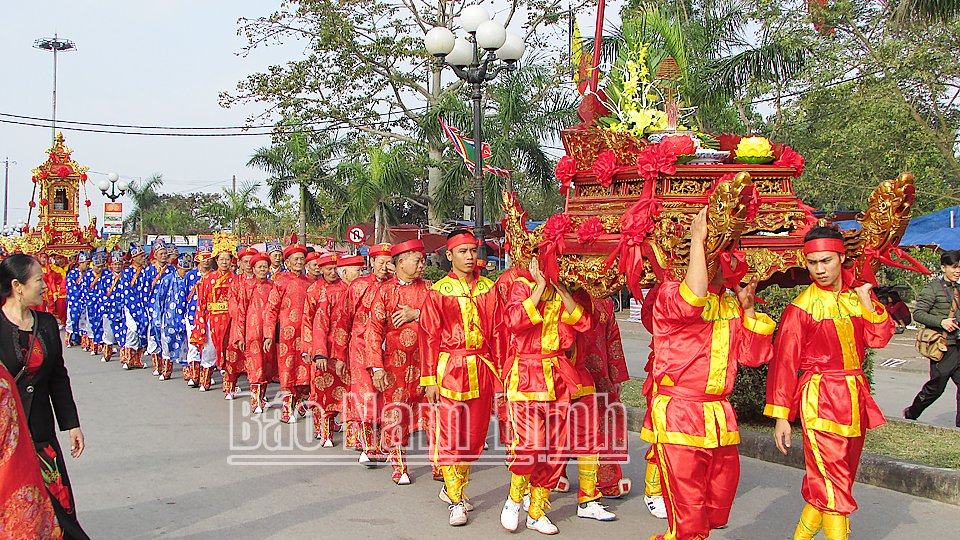 |
| Ngoc Lo palanquin procession ritual in Tran Temple Festival, Loc Vuong ward ( Nam Dinh city). |
Nam Dinh - The place where the cultural values of the Red River crystallize and nurture
Nam Dinh province is located in the south of the Red River Delta. In Nam Dinh, the Red River flows through 5 districts and cities with a total length of 74.5km and then flows into the sea at Ba Lat estuary. The Red River is not only a symbol of the wet rice agricultural civilization of the Northern Delta but also contains traditional cultural values of the Vietnamese people; crystallizing, cultivating, and forming the unique and typical cultural features of Nam Dinh homeland. It is a rich and diverse system of tangible and intangible cultural heritages including: beliefs (worship of "Mother" - Mau Tam, Tu Phu and worship of "Father" - Duc Thanh Tran), customs and practices, a system of relics, scenic spots, festivals, cuisine and human culture.
Regarding tangible cultural heritage, we must mention the system of historical and cultural relics, which are ancient temples hundreds of years old worshiping Zen masters: Khong Lo, Minh Khong, Giac Hai, Tu Dao Hanh; relics of temples and communal houses worshiping kings and famous generals in feudal history; relics of communal houses and shrines worshiping village and craft founders who have contributed to reclaiming land, establishing hamlets, building villages, developing clans, etc. Among them, the most typical and unique are the two special national relics: Tran Temple - Pho Minh Pagoda relic site, Loc Vuong ward (Nam Dinh city) and Keo Hanh Thien Pagoda relic site, Xuan Hong commune (Xuan Truong). In addition, many intangible cultural heritage values typical of the wet rice agricultural civilization, associated with tangible religious and belief heritages, including: rituals and ceremonies in traditional village festivals; folk games, folk songs and dances of the ethnic groups such as: Water procession, Fish sacrifice, Ngoc Lo palanquin procession in Tran Temple festival (Nam Dinh city); dry puppetry in Dai Bi Pagoda festival; water puppetry in Ban Thach village (Nam Truc); rowing competition in Keo Hanh Thien Pagoda festival (Xuan Truong), Co Le Pagoda festival (Truc Ninh); "dich thuy" and "dich hoa" competitions - fetching water, making fire, cooking rice in Ngoc Tien village festival (Xuan Truong); "kèo giới" competition (a form similar to tug of war, in which villagers believe that "coi" means landmark, "kèo giới" is a symbol for keeping the landmark, keeping the border of the Fatherland) in Phu Hao village festival (Nam Truc); weaving competition on the lake in Gao village festival (Vu Ban); Lion - lion - dragon dance, stilt performance, Cheo singing on the river, Van singing, Chau Van ritual, Ca Tru singing, wrestling, tug of war, human chess, to tom diem, cockfighting, climbing corn bridge, catching ducks in the pond... Especially, in the early spring, among the many traditional festivals taking place in the province, we cannot fail to mention the two festivals at two national relics: Tran Temple Opening Seal Festival and Phu Day Festival. Besides, there are two unique "lucky" markets "once a year" famous in the North: Vieng Nam Truc market associated with Dai Bi Pagoda festival and Vieng Vu Ban market associated with Phu Day. People "go to the market" and go to the early spring festival, buy and sell, exchange plants, animals, farming tools, bronze products, antiques... with the wish for a new year of favorable weather, lush trees, bountiful crops, a prosperous and happy life.
The Red River flowing through Nam Dinh is only a short section compared to the total length of the river, but because it is the last section before flowing into the sea, with brackish water areas at the estuary, it also leaves many typical vestiges of the river culture, which are fishing villages, craft villages, and ancient villages along the river that preserve many cultural values. The Red River carries heavy alluvium, creating fertile, rich fields, creating a source for agricultural production development with many fragrant, delicious, soft, and sticky rice varieties that have become the brand and specialties of Nam Dinh such as: Xuan Dai fragrant rice (fragrant eight-grain rice), yellow sticky rice... The Red River also creates a rich source of aquatic products, thanks to the creative and talented hands and minds of the people here, creating many unique culinary dishes and products that carry the cultural quintessence of the people of Nam Dinh, typically: freshwater fish salad, sea fish, fried crab cakes, clay pot fish, shrimp paste, condensed fish sauce... The fertile alluvium of the Red River flows to the estuary, mixing with the saltiness of the ocean, creating a particularly valuable wetland, recognized as a World Biosphere Reserve (Ramsar), mangrove forests - Xuan Thuy National Park (Giao Thuy) with many species of wild flora and fauna and rare migratory birds. In recent years, Xuan Thuy National Park has always been an attractive and interesting tourist destination for domestic and foreign tourists. The Red River not only deposits alluvium, creating a fertile land "where birds nest", but also creates "geographical" sources that nurture people to become "talents" in the process of living, struggling to control and adapt, and mastering nature. Therefore, Nam Dinh is also a place "where the soul of mountains and rivers is still for thousands of years", giving birth to many famous cultural figures and scholars of the country and humanity... For generations, the beautiful scenery on the banks of the Red River with the civilized and hospitable people of Nam Dinh has been a rich source of topics for literature and art, for the sublimation of artists who created famous works of poetry, music, and painting, with lasting vitality over time.
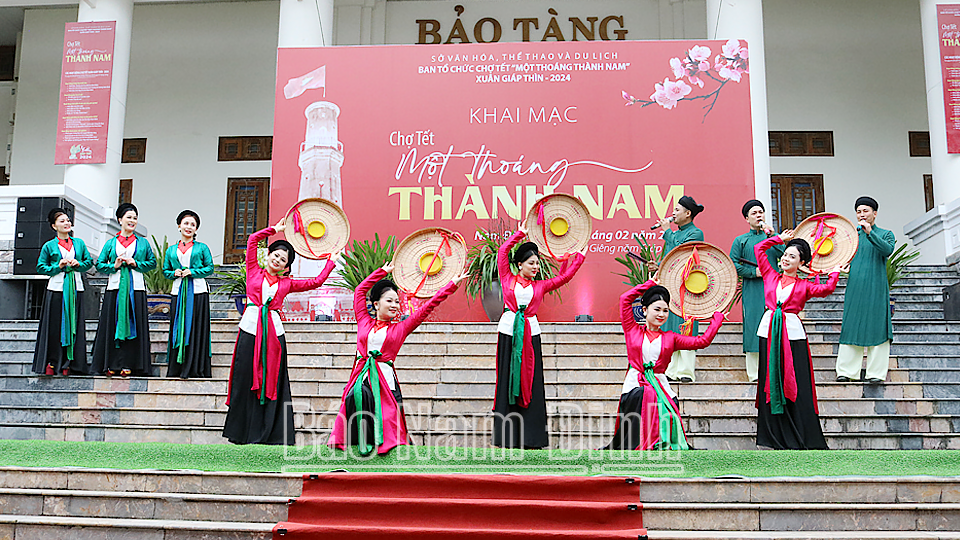 |
| Cheo singing - Traditional art form of the Northern Delta region in the homeland of Nam Dinh. |
Exploiting and promoting the cultural values of the Red River to develop local tourism
With the potential, advantages, tangible and intangible values of the Red River, in recent years, the Department of Culture, Sports and Tourism (VH, TT and DL) has coordinated with relevant agencies and localities to effectively implement the work of preserving and promoting the value of cultural heritages such as: connecting routes, sightseeing, tourism and experience points; protecting, restoring and embellishing relics; managing and promoting traditional values in festivals; preserving customs, folk games, cultural and artistic forms... of wet rice farmers, contributing to building an advanced Vietnamese culture imbued with national identity in the spirit of Resolution 5 of the Central Committee, Session VIII. Building national agricultural brands and products in a sustainable direction. Coordinating with central and local press agencies to produce reports, memoirs and notes; Art programs... to promote and introduce the cultural values of Nam Dinh land and people such as: "Red River Chronicle", "Red River Echo"...
In order to maximize the potential and advantages of tourism resources of the provinces and cities in the Red River Delta, promote cooperation in tourism development, improve the effectiveness of regional tourism development connection activities, attract tourists to localities, and contribute positively to socio-economic growth, in 2022, Nam Dinh province signed a cooperation agreement on tourism development between provinces and cities in the extended Red River Delta region (Ninh Binh, Hanoi, Hai Phong, Quang Ninh, Ha Nam, Nam Dinh, Thai Binh, Hung Yen, Hai Duong, Bac Ninh, Vinh Phuc, Thanh Hoa, Nghe An). In addition, Nam Dinh province actively participates in tourism cooperation and development conferences; builds regional tourism routes, connects tourist areas and destinations into eco-tourism, resort tours, and tours to experience historical and cultural relics in the area in inter-regional cooperation relations according to tourism space. Strengthening exchange activities of festivals, culture, sports and tourism... in events organized by provinces and cities in the Red River Delta.
In order to connect tourism with other provinces, recently, the Department of Culture, Sports and Tourism has coordinated with the Nam Dinh Tourism Association to organize famtrip and presstrip programs to welcome travel businesses from other provinces to survey tourist areas, tourist attractions, hotel and restaurant service establishments, souvenir shops to learn about customer service capacity and bring customers to the establishments of member businesses. The Nam Dinh Tourism Association organizes for member businesses to participate in tourism survey delegations from other provinces to connect tours, inter-provincial tourism routes and exchange and learn from each other's experiences. At the same time, introduce and promote the tourism image and service establishments of businesses on mass media, social networking platforms of provinces in the cluster of 6 provinces in the Northern Coastal region, the cluster of Tourism Associations of Northern provinces to promote and attract tourists to Nam Dinh. This cooperation has promoted tourism development cooperation, improved the efficiency of regional tourism development connection activities, promoted the exploitation of potential and advantages of tourism resources, and contributed to socio-economic growth.
In the coming time, Nam Dinh province will continue to promote the implementation of linkage, cooperation and coordination activities between ministries, central branches and localities in the Red River Delta to create typical and unique cultural products, linking cultural development with tourism development through cultural, sports, festival and heritage promotion programs, attractive tourism. Focus on exploiting the potential of culinary cultural specialties and craft villages. Develop and implement programs and projects to manage, preserve and promote the values of ranked and registered relics and heritages. Promote the implementation of the Strategy "Cultural Development to 2030". Develop mechanisms and policies to encourage economic sectors, individuals, collectives, enterprises and social organizations to participate in resources to invest in developing linkage and cooperation models for cultural and tourism development; prioritize capital sources, mobilize financial resources to restore and embellish historical and cultural relics; Build cultural institutions and tourism infrastructure; renovate and upgrade traffic routes connecting destinations with cultural tourism resources to promote economic, cultural and social development of the province.
Article and photos: Khanh Dung
Source: https://baonamdinh.vn/van-hoa-nghe-thuat/202410/dong-chay-van-hoa-song-hong-tren-que-huong-nam-dinh-4294b83/


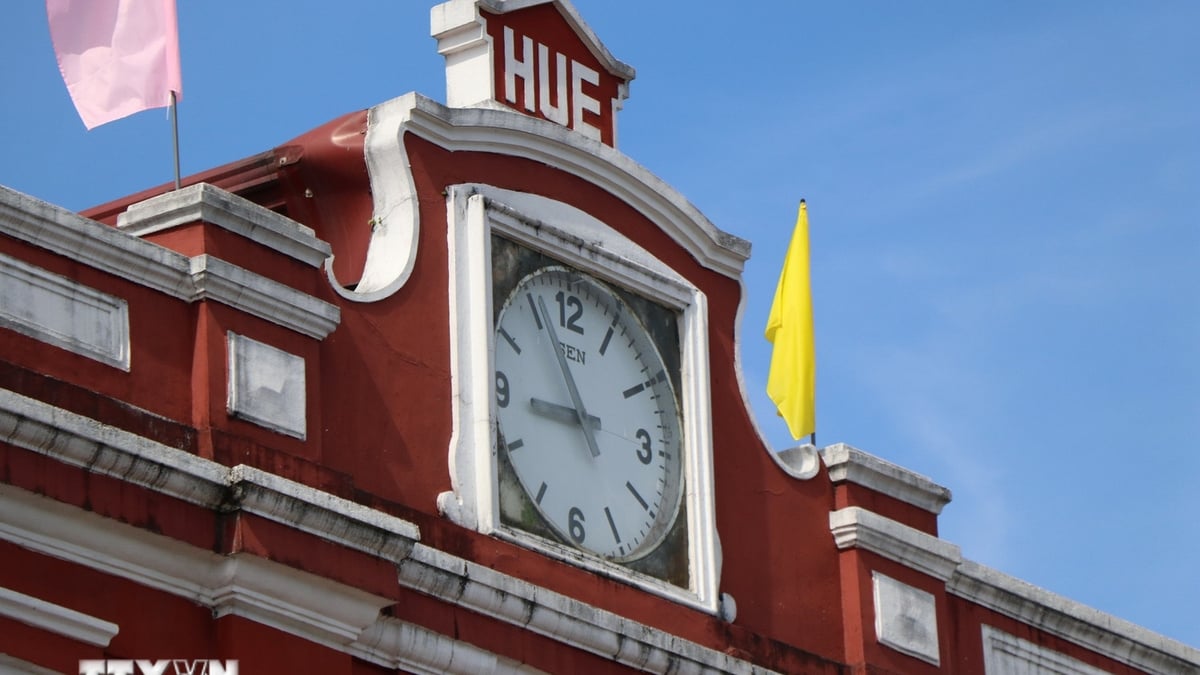
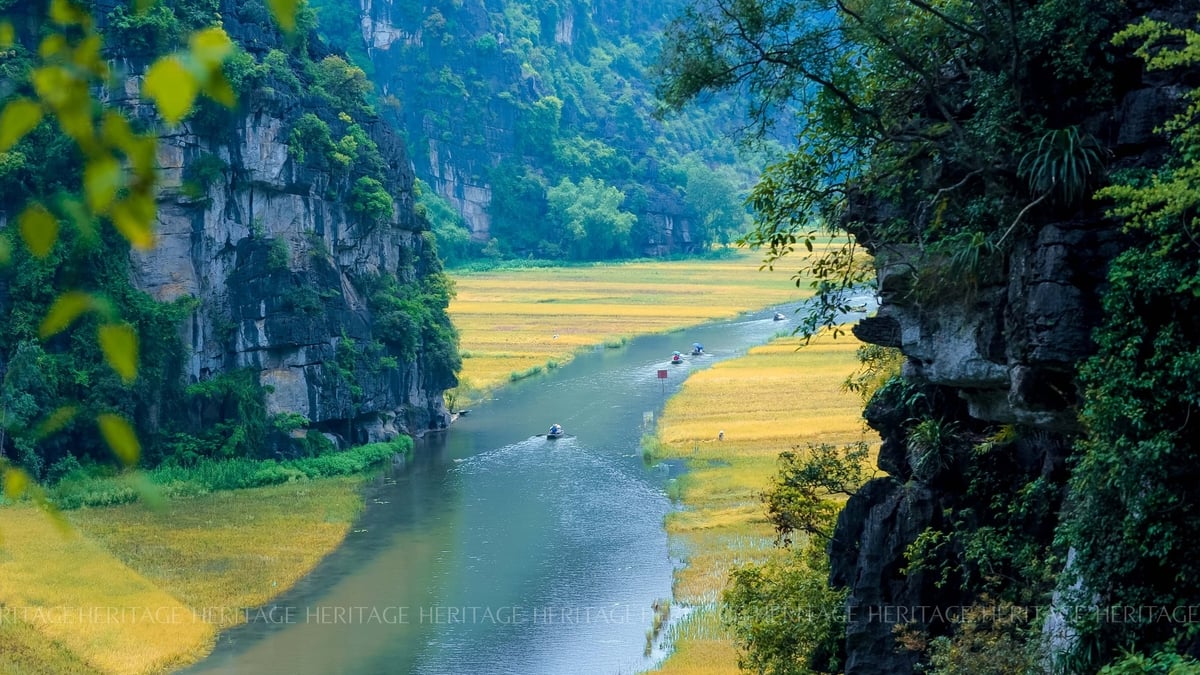
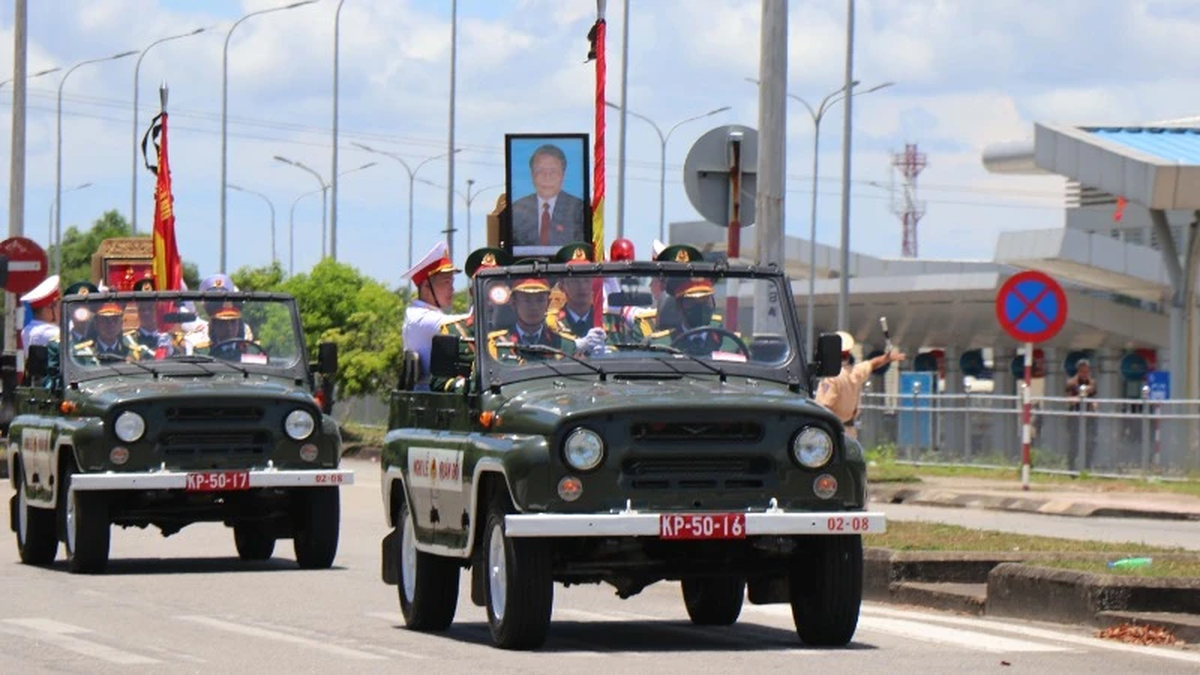
![[Photo] Welcoming ceremony for Prime Minister Pham Minh Chinh and his wife on an official visit to Malaysia](https://vphoto.vietnam.vn/thumb/1200x675/vietnam/resource/IMAGE/2025/5/25/dc30203c3ae24da3990266ec3b29bb2d)
![[Photo] Funeral of former President Tran Duc Luong in Quang Ngai](https://vphoto.vietnam.vn/thumb/1200x675/vietnam/resource/IMAGE/2025/5/25/ccf19a3d8ea7450bb9afe81731b80995)
![[PHOTO] Hanoi fences off demolition of "Shark Jaws" building](https://vphoto.vietnam.vn/thumb/1200x675/vietnam/resource/IMAGE/2025/5/25/1b42fe53b9574eb88f9eafd9642b5b45)



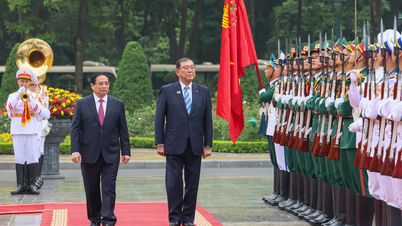




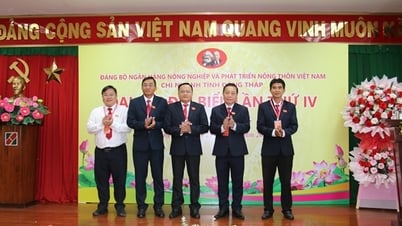

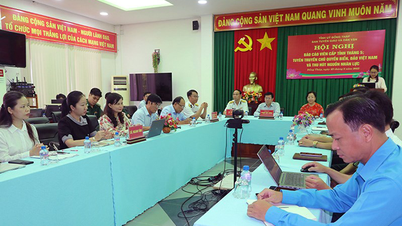
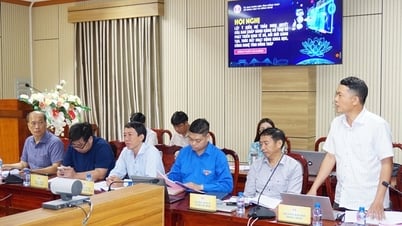

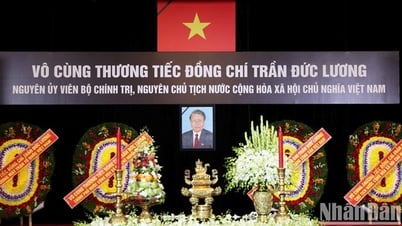




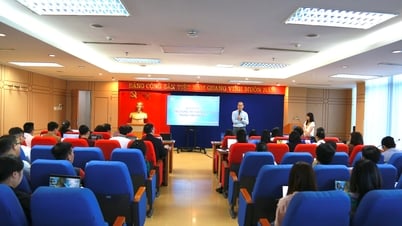




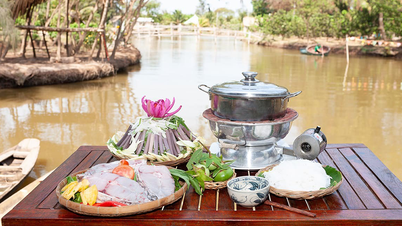

























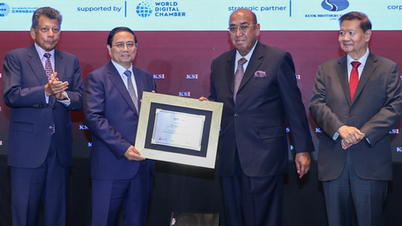
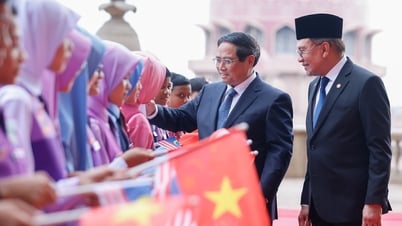
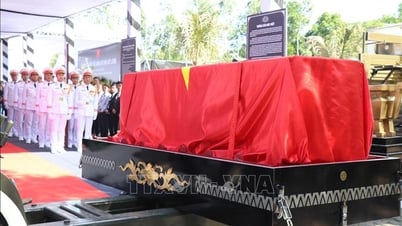











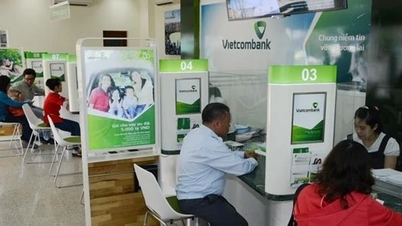

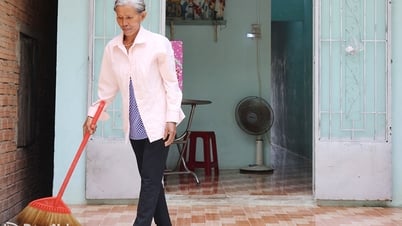

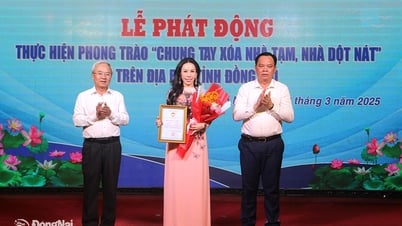
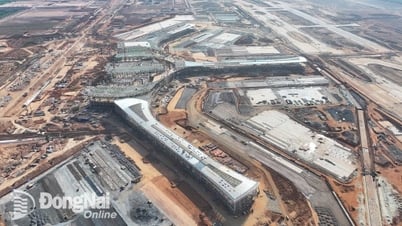
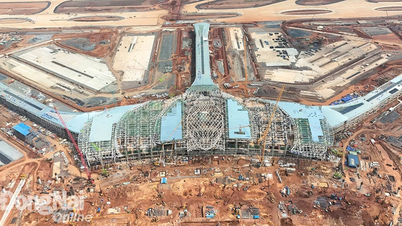












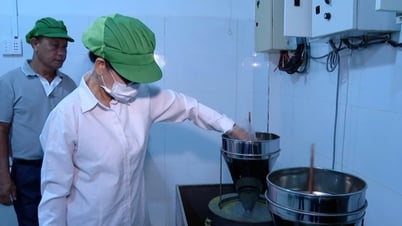

Comment (0)